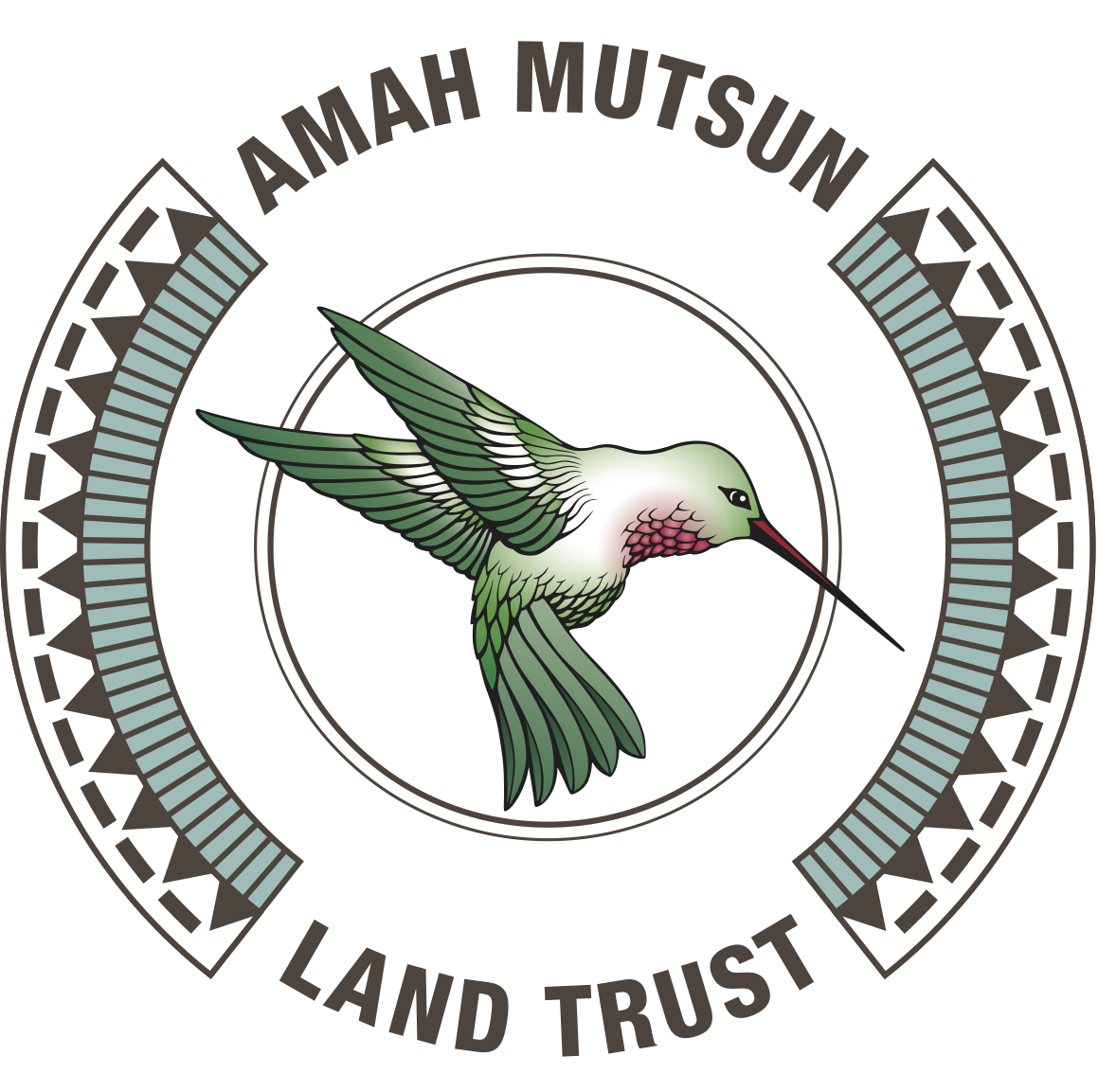Fall 2018 Newsletter
INTEGRATING CULTURAL AND NATURAL RESOURCE SURVEY AT COTONI-COAST DAIRIES
Rob Cuthrell, AMLT Research Associate
In early 2017, President Obama issued a proclamation that added ~5800 acres of Bureau of Land Management property along the coast of Santa Cruz County to the California Coastal National Monument and designated this land as “Cotoni-Coast Dairies.” The property is named in recognition of the historical tribe who lived there, the Cotoni (pronounced “Cho-tony”) and for the small family dairies and ranches which operated there from the latter half of the 1800s through the 1900s. In 2016, Amah Mutsun Land Trust signed a memorandum of understanding with BLM which described how the two organizations would work together to steward cultural and natural resources on the property.
Since BLM acquired the Cotoni-Coast Dairies property from a private land trust, BLM and AMLT have been working together to ensure that any plans for public access will minimize the risk of harm to sensitive cultural and natural resources, such as archaeological sites or threatened plants and animals. AMLT’s work on this project has been supported by a generous grant from Conservation Lands Foundation.
“Mapping ethnobotanical resources makes it possible for Amah Mutsun tribe members to tend stands of the plants and to sustainably harvest the plants for cultural purposes.”
In April of this year, I worked with four members of AMLT’s Native Stewardship Corps (Ian “Od” Girouard, Joshua Higuera-Hood, Mumulaluk Sanchez, and Nathaniel Verdugo) to conduct an integrative survey of cultural and natural resources in one area that may be opened for public access in the future. Usually a survey focuses on identifying only one type of resource, such as archaeological sites. In this integrative approach, we made the most of our field time by recording archaeological, ethnobotanical, and vegetation-type data all at once.
Archaeological survey often simply consists of a “pedestrian” survey method, in which surveyors walk the landscape and observe the ground surface for artifacts. However, this approach is only effective in areas with bare soil. At Cotoni-Coast Dairies, where much of the survey area consists of pasture and shrublands, we used a “catch-and-release” method. First, we placed pin flags over the landscape in a systematic grid pattern. Survey teams would go to a pin flag, remove the surface vegetation in a small area around it, and collect about a quart of soil from the ground surface. They screened the soil through wire mesh and then carefully searched the material in the screen to see if any artifacts were present. If artifacts were found, the surveyors would record information about them and then return them to the location they were collected from.
While some members of the survey team carried out archaeological survey, one or two would create maps of the survey areas depicting vegetation types and ethnobotanical resources. Vegetation types include broad categories such as exotic annual grassland, oak forest, or redwood forest. Ethnobotanical resources are plants that are used for cultural purposes, such as for food, crafting, or medicine. For example, at several locations we mapped groves of blue elderberries. This plant has many traditional cultural uses, with edible berries, hollow stems that were used to make clapper sticks and fire drills, and leaves that were used medicinally. Mapping ethnobotanical resources makes it possible for Amah Mutsun tribe members to tend stands of the plants and to sustainably harvest the plants for cultural purposes.
The survey work was both challenging and rewarding. There were heavy rains along the coast in April, and muddy areas in the pastures made screening for artifacts difficult. Ultimately we did not detect any previously undocumented archaeological sites in the area we surveyed, and we concluded that public access in the area would pose little risk to archaeological resources.
“Is it possible for remnants of ancient tended patches to persist on the landscape for over 200 years?”
The most interesting results of our survey were ethnobotanical discoveries. For example, in one location we observed an unusually large patch of thimbleberry growing in full sunlight together with hazelnuts. What led to the development of such a large patch of thimbleberry, while everywhere else the shrublands are dominated by coyotebrush, poison oak, and sagebrush? And why is hazelnut, which is also typically found in shaded forest understories, growing in full sunlight among them? Could this unusual association of ethnobotanically important plants represent the progeny of patches that were established and tended by Cotoni people long ago? Is it possible for remnants of ancient tended patches to persist on the landscape for over 200 years? These are intriguing possibilities to explore as we continue to learn more about the long history of indigenous land and resource stewardship in the territory of the Amah Mutsun Tribal Band.
